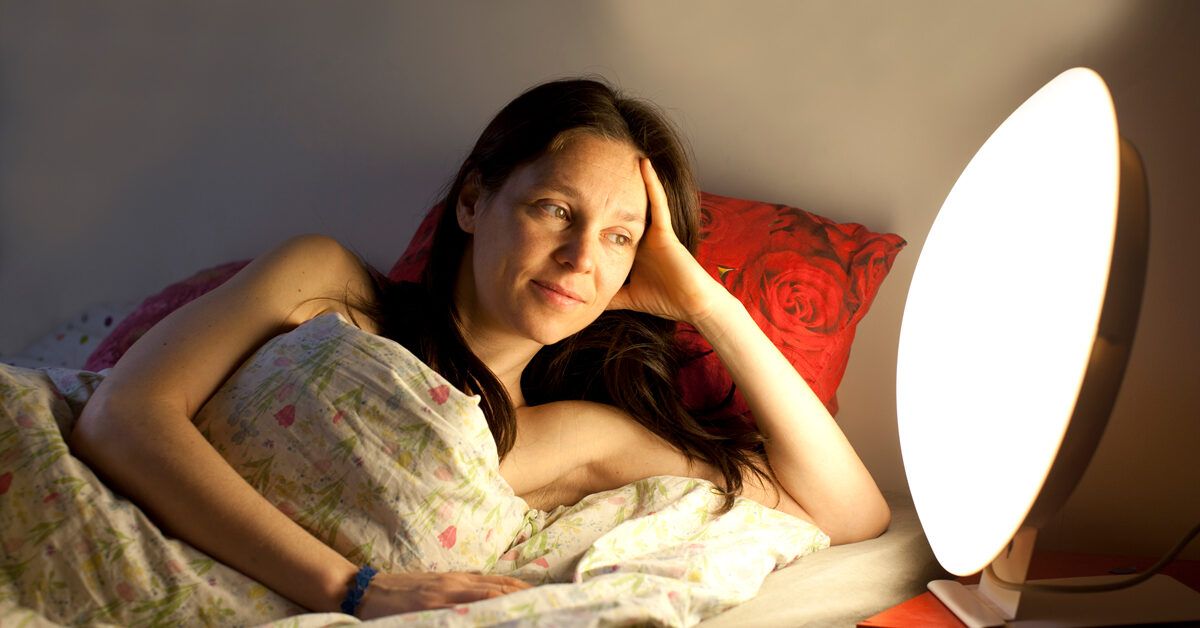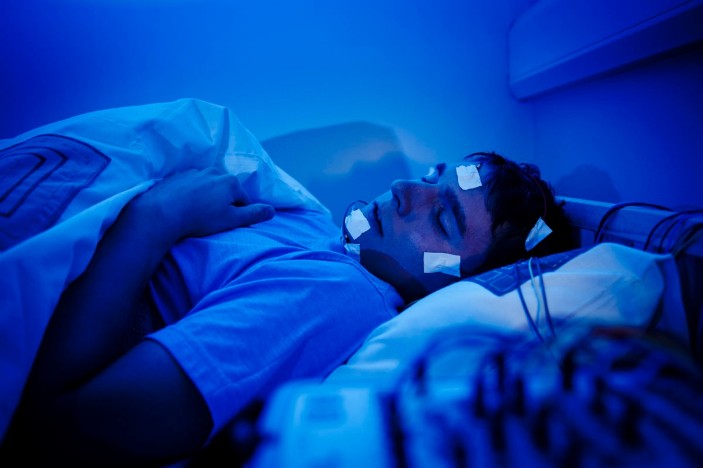Experienced Insomnia Specialist - Personalized Care for Better Sleep
Wiki Article
Reliable Treatment Solutions for Managing Rest Disorders and Enhancing Restful Sleep
In the realm of health care, the management of sleep disorders and the mission for peaceful sleep are crucial elements of overall well-being. As we navigate the complex landscape of rest conditions and look for to improve our rest experience, a deeper understanding of these therapy services might hold the key to opening a more relaxing and meeting corrective journey.Cognitive Behavior Treatment for Sleep Problems (CBT-I)
Cognitive Behavior Modification for Sleep Problems (CBT-I) is a structured, evidence-based treatment technique that concentrates on addressing the underlying factors adding to rest disturbances. This type of therapy intends to modify behaviors and ideas that aggravate sleep problems, inevitably promoting healthy and balanced sleep patterns. CBT-I commonly involves a number of essential parts, including cognitive treatment, rest restriction, stimulus control, and rest hygiene education and learning.Cognitive therapy assists people recognize and transform adverse idea patterns and beliefs about sleep that may be hindering their ability to fall or stay asleep. Rest limitation entails restricting the quantity of time invested in bed to match the person's actual rest period, therefore raising rest effectiveness (insomnia counseling). Stimulation control strategies aid develop a solid association in between the bed and rest by encouraging people to visit bed only when drowsy and to prevent participating in boosting activities in bed
Additionally, sleep hygiene education concentrates on establishing healthy and balanced rest practices, such as preserving a constant rest schedule, producing a relaxing bedtime routine, and optimizing the rest environment. By dealing with these variables thoroughly, CBT-I supplies a reliable non-pharmacological intervention for taking care of sleep problems and boosting general rest high quality.
Rest Health Practices
Having developed the structure of cognitive restructuring and behavioral adjustments in addressing sleep problems with Cognitive Behavior modification for Sleep Problems (CBT-I), the focus now moves towards exploring important Sleep Health Practices for preserving optimal rest quality and total well-being.Rest health methods include a range of behaviors and environmental aspects that can significantly affect one's capability to drop off to sleep and remain asleep throughout the night. Constant rest and wake times, creating a relaxing bedtime regimen, and maximizing the rest environment by maintaining it dark, peaceful, and cool are critical elements of excellent sleep hygiene. Limiting exposure to displays prior to going to bed, avoiding energizers like high levels of caffeine close to bedtime, and participating in routine exercise throughout the day can also advertise far better sleep quality.
Furthermore, exercising relaxation methods such as deep breathing exercises or meditation before bed can help relax the mind and prepare the body for rest. By incorporating these rest hygiene practices right into one's day-to-day routine, individuals can establish a healthy and balanced rest pattern that supports relaxed rest and total wellness.
Relaxation Strategies and Mindfulness
Applying leisure methods and mindfulness techniques can play a crucial duty in promoting a sense of tranquility and promoting quality sleep. In addition, guided imagery can assist transfer individuals to a tranquil location in their minds, aiding in stress and anxiety reduction and boosting sleep high quality.By integrating these methods into a going to bed regimen, people can signify to their bodies that it is time to prepare and take a break for rest. Generally, integrating relaxation methods and mindfulness practices can considerably add to managing sleep read this conditions and improving total rest quality.

Medicine Options for Sleep Disorders
After discovering relaxation strategies and mindfulness techniques as non-pharmacological treatments for boosting sleep high quality, it is essential to think about medicine options for individuals with sleep conditions. In instances where way of life modifications and therapy do not give adequate relief, medication can be a valuable device in taking care of rest disturbances.
Typically recommended drugs for rest problems include benzodiazepines, non-benzodiazepine hypnotics, antidepressants, and melatonin receptor agonists. Benzodiazepines, such as diazepam, are sedatives that can aid induce rest, yet they are commonly advised for short-term use as a result of the threat of dependence. Non-benzodiazepine hypnotics like zolpidem are also made use of to treat insomnia and have a reduced danger of reliance compared to benzodiazepines. Antidepressants, such as trazodone, can be useful for individuals with co-occurring depression and sleep disruptions. Melatonin receptor agonists, like ramelteon, target the body's all-natural sleep-wake cycle and can be handy for controling rest patterns.
It is essential for people to talk to a health care service provider to establish one of the most proper medicine option click this link based on their certain rest condition and case history.
Light Therapy for Circadian Rhythm Guideline
Light treatment, likewise referred to as photo-therapy, is a non-invasive therapy approach used to manage circadian rhythms and boost sleep-wake cycles. This therapy includes exposure to intense light that resembles natural sunlight, which helps to reset the body's biological rhythm. By revealing individuals to certain wavelengths of light, typically in the morning or evening depending on the preferred effect, light treatment can effectively readjust the body clock to promote wakefulness throughout the day and improve restful rest in the evening.Research study has revealed that light treatment can be especially useful for people with body clock disorders, such as delayed rest phase syndrome or jet lag. It can also be handy for those experiencing seasonal affective condition (SAD), a sort of depression that generally occurs during the wintertime months when all-natural light direct exposure is minimized. Light therapy is generally well-tolerated and can be used along with various other therapy techniques for sleep problems to enhance end results and improve overall rest quality.
Final Thought
Finally, effective therapy solutions for managing sleep conditions and boosting restful rest include Cognitive Behavioral Treatment for Sleep Problems (CBT-I), rest hygiene techniques, leisure techniques and mindfulness, medication options, and light treatment for circadian rhythm regulation. These methods can help people boost their sleep high quality and general well-being. It is necessary to talk to a healthcare provider to establish the most suitable strategy for dealing with rest issues.
As we browse the intricate landscape of rest disorders and jimmy kimmel narcolepsy seek to boost our rest experience, a much deeper understanding of these treatment options might hold the secret to unlocking a much more refreshing and meeting corrective trip.
Rest restriction involves restricting the amount of time spent in bed to match the individual's actual rest period, thus increasing rest efficiency. Constant rest and wake times, producing a relaxing bedtime routine, and maximizing the sleep environment by maintaining it dark, quiet, and cool are important components of great sleep health. Light treatment is normally well-tolerated and can be used in combination with various other treatment methods for sleep disorders to maximize outcomes and enhance general rest top quality.

Report this wiki page